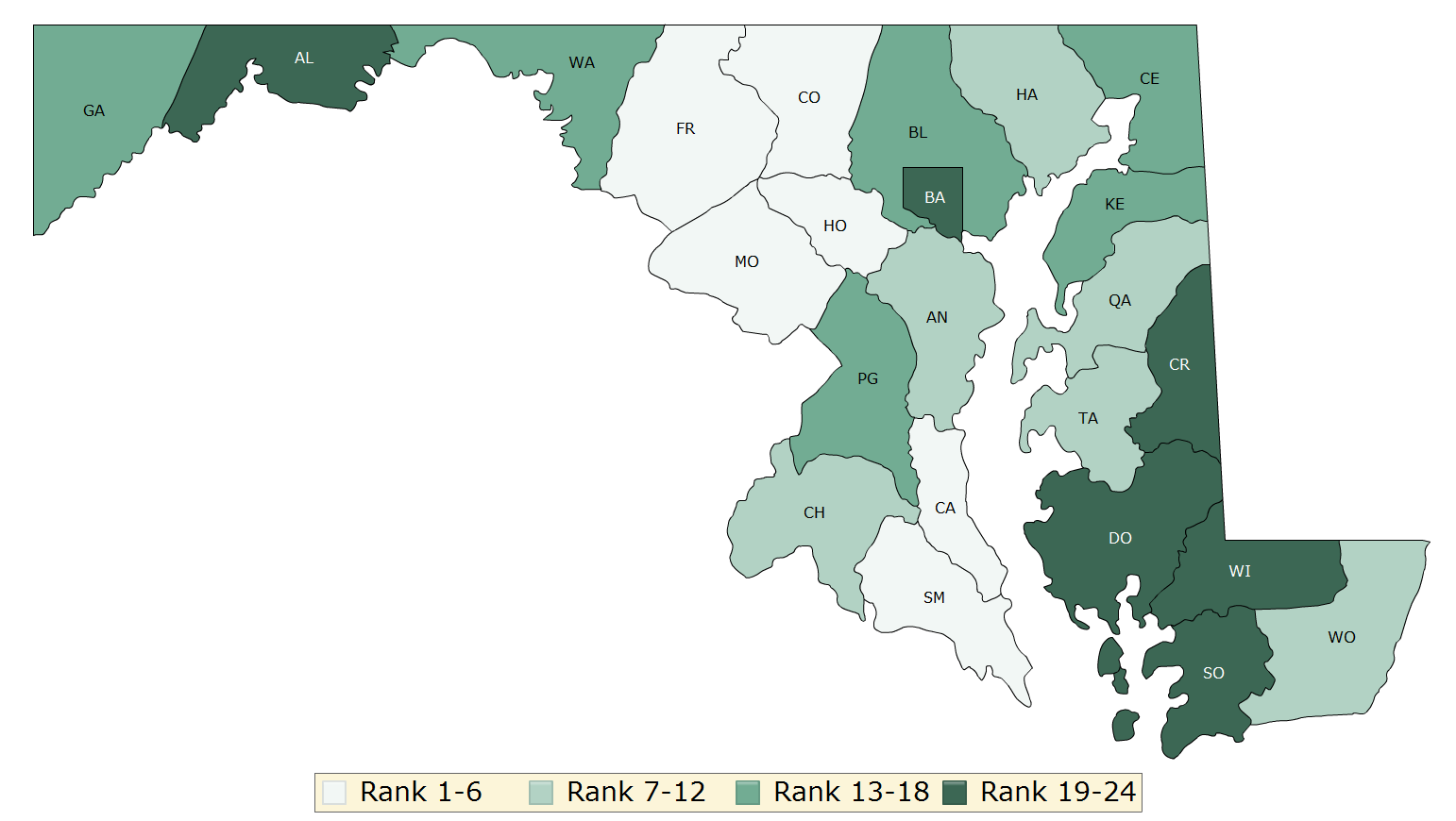Senate Restores Essential Investments in Health Care
The Maryland Senate took an important step last week in approving a budget that will help ensure low-income Marylanders and people with disabilities can access high-quality care.
The Senate-approved budget restores support for planned rate increases of at least 3 percent for providers who serve certain groups of Marylanders who get health coverage through Medicaid, including mental health care, substance use treatment, nursing home care, and services for people with disabilities. The governor’s proposed budget cut provider rate increases to 1 or 2 percent. Maintaining adequate reimbursement rates is essential to ensure providers, whose cost of doing business generally rises with inflation, can afford to continue to see clients who rely on Medicaid for their health coverage. The General Assembly had previously approved higher annual rate increases for certain providers, to make up for years when reimbursement rates remained flat.
The Senate’s budget also restores funding the state had promised to support a new research hospital in Prince George’s County, which the governor again had proposed to delay to future years. Prince George’s County residents experience significantly worse health, on average, than people living in surrounding counties. The county ranks 22 out of 24 counties in Maryland in clinical care, in large part because of inadequate numbers of health providers serving the county, according to a report from the Robert Wood Johnson Foundation. While there are many factors that contribute to the health of a person or a community, ensuring residents have access to high-quality care is one important piece of the puzzle to reduce health disparities throughout the state.

This map shows the distribution of Maryland’s health outcomes, based on an equal weighting of length and quality of life. Higher-ranked counties have better health outcomes. From County Health Rankings & Roadmaps, 2018 Maryland State Report.
While important, it is also essential to keep in mind that these investments are not enough to erase the significant health disparities in Maryland. Lower-income communities and particularly communities of color experience worse health and shorter life expectancies. To address this we must also adequately support programs that reduce poverty and support stable family incomes; invest more in education, particularly in ways that reduce geographic and racial disparities in education funding; and ensure everyone has access to affordable and accessible health coverage.
